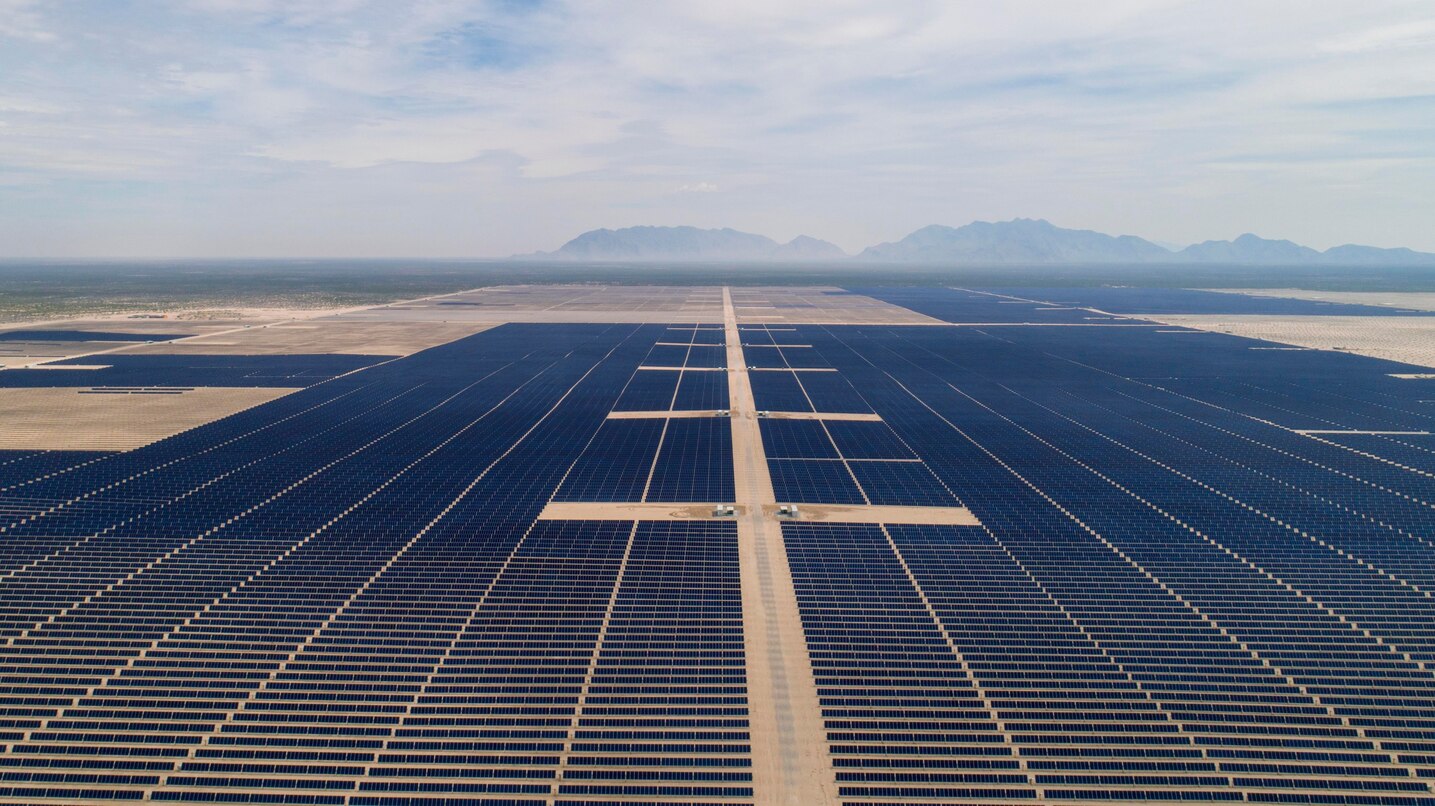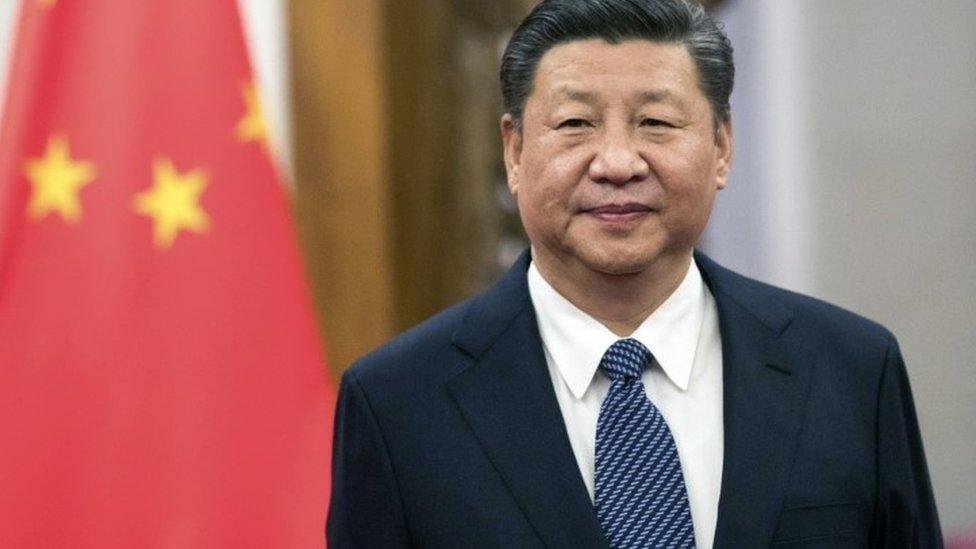- Courses
- GS Full Course 1 Year
- GS Full Course 2 Year
- GS Full Course 3 Year
- GS Full Course Till Selection
- Answer Alpha: Mains 2025 Mentorship
- MEP (Mains Enrichment Programme) Data, Facts
- Essay Target – 150+ Marks
- Online Program
- GS Recorded Course
- Polity
- Geography
- Economy
- Ancient, Medieval and Art & Culture AMAC
- Modern India, Post Independence & World History
- Environment
- Governance
- Science & Technology
- International Relations and Internal Security
- Disaster Management
- Ethics
- NCERT Current Affairs
- Indian Society and Social Issue
- NCERT- Science and Technology
- NCERT - Geography
- NCERT - Ancient History
- NCERT- World History
- NCERT Modern History
- CSAT
- 5 LAYERED ARJUNA Mentorship
- Public Administration Optional
- ABOUT US
- OUR TOPPERS
- TEST SERIES
- FREE STUDY MATERIAL
- VIDEOS
- CONTACT US
“Dunki Routes” and Illegal Migration
“Dunki Routes” and Illegal Migration

- The term "Dunki routes" refers to perilous (dangerous) and illegal migration pathways used by individuals attempting to enter countries like the United States without valid documentation.
- These journeys often span multiple continents, including Latin America, Central America, and Europe, with migrants using visa-on-arrival facilities or fake visas to reach their final destination—mostly the U.S.
- Recently, India witnessed a surge in deportations from the United States, exposing the complex web of human trafficking, economic desperation, and weak migration systems.
- States like Punjab, Gujarat, and Haryana are major hubs for such illegal migration.
- These areas are frequently targeted by human trafficking networks, which determine routes based on their international connections.
- Deportation is the legal removal of non-citizens from a country for violating immigration laws.
- In the U.S., deportation is handled by the U.S. Immigration and Customs Enforcement (ICE).
Why the “Dunki Route”?
Many Indian migrants choose these dangerous paths due to:
- Limited legal migration channels and slow visa processes.
- Economic distress and unemployment in India, especially in rural areas.
- Societal pressure and a “success culture” in some communities, like the Patels in Gujarat, where migrating to the U.S. is seen as a status symbol.
- Exorbitant agent fees and human smugglers who lure people with promises of employment and legal residency.
How the Dunki Route Operates?
- Migrants are first sent to countries with lenient visa policies (e.g., Ecuador, Bolivia, Guyana, or tourist visas from Brazil and Venezuela).
- From there, they travel via land or air to Central America or the Caribbean using fake visas (often Schengen visas).
- Common paths include:
- Europe (via fake Schengen visa) → Central America → Mexico → U.S. border crossings
- Malaysia → Thailand → Azerbaijan/Kazakhstan → Guatemala/Costa Rica → U.S.
- Turkey/Kazakhstan → Russia → onward to U.S.
- Some also attempt sea routes via Mexico or the Caribbean islands.
|
Schengen visa |
|
Schengen visa allows the holder to travel freely in the Schengen Area comprising 29 European countries, for short stays of a maximum of 90 days in any 180-day period. The visas are not purpose-bound, but they do not grant the right to work. The Schengen Area comprises 29 European countries, 25 of which are EU member states. |
Consequences of Illegal Migration
- Migrants face harassment, robbery, assault, and even sexual violence, often without legal recourse.
- Many perish en route, and repatriating dead bodies becomes impossible.
- The high risk is exploited by a flourishing human smuggling network, charging fees ranging from ₹30 lakh to ₹1 crore per migrant.
India’s Response to Illegal Migration
To address the crisis, India is taking both legislative and diplomatic steps:
1. Overseas Mobility (Facilitation and Welfare) Bill, 2024 (Proposed)
- Aims to promote safe, legal, and orderly migration for overseas employment.
- Seeks to replace the outdated Emigration Act, 1983.
2. Awareness and Prevention Measures
- Indian missions/consulates regularly issue advisories to educate prospective migrants.
- Campaigns focus on:
- Risks of illegal migration
- Registered recruiting agents
- Job fraud prevention
3. Cracking Down on Human Trafficking Networks: Authorities are planning to regulate recruitment agencies, ensure job transparency, and tighten monitoring systems.
4. Strengthening Diplomatic Channels: India is in discussions with the U.S. and other nations for fair deportation protocols and better visa access mechanisms.
|
World Migration Report 2024: India’s Dual Identity |
|
The International Organisation for Migration (IOM) has released the biennial World Migration Report 2024. According to the report, India received over USD 111 billion in remittances in 2022, the largest in the world, becoming the first country to reach and even surpass the USD 100 billion mark. India is also the origin of the largest number of international migrants in the world, with large diasporas living in countries such as the United Arab Emirates, the United States and Saudi Arabia. |
H-1B Visa: The Legal Migration Path Under Debate
The H-1B visa program allows U.S. companies to hire skilled foreign workers in specialized roles. It is a temporary visa (up to 6 years), often used by Indian IT and STEM professionals.
Indians and the H-1B Visa
- Indians account for over 70% of H-1B visas granted annually.
- In comparison, China receives around 12-13%.
- The H-1B program remains vital for India-U.S. economic relations, though it has faced political scrutiny, especially during Trump-era immigration tightening.
H-1B Visa Application Process: Key Steps
- Electronic Registration with U.S. Citizenship and Immigration Services (USCIS)
- Lottery Selection, if applications exceed annual cap (65,000 regular + 20,000 advanced degree cap)
- Petition Filing by selected employers
- Petition Approval and Visa Issuance
- Additional Lotteries, if visa quotas remain unfilled
|
Also Read |
|
| FREE NIOS Books | |




